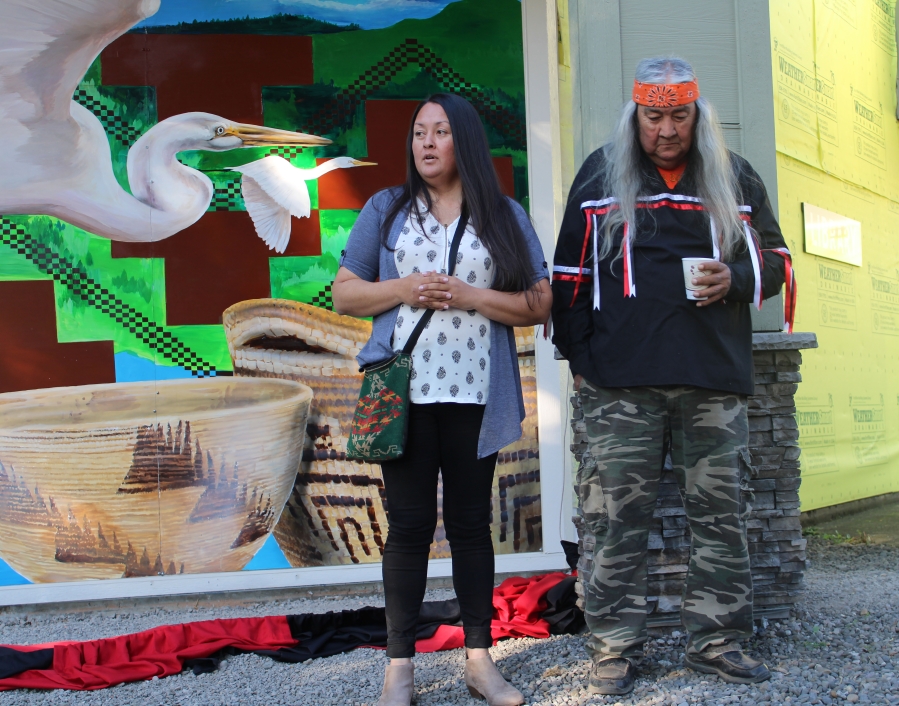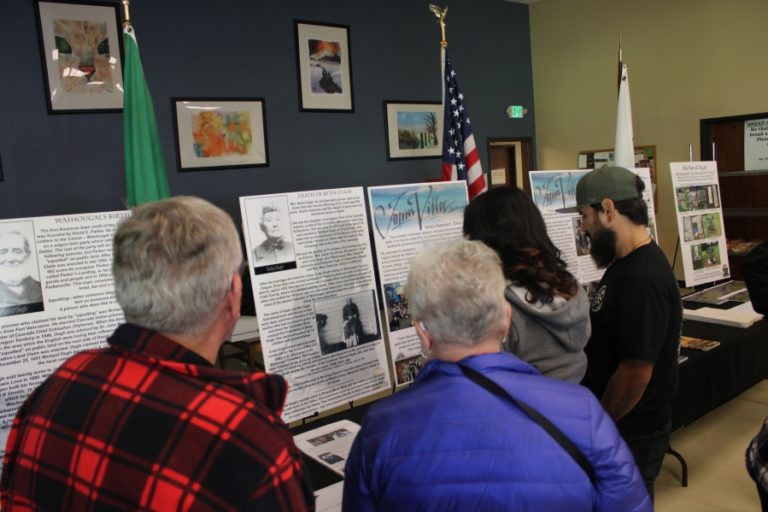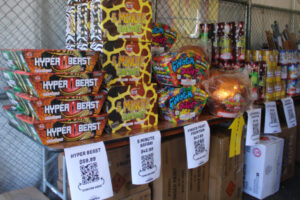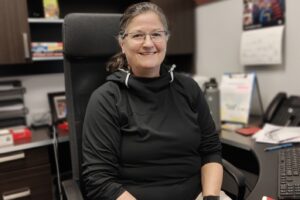At first, Sophie Garcia didn’t believe what her father was saying. After all, Johnnie Lee Wyman is, in her words, “known for telling a lot of crazy stories.”
Garcia, a teenager at the time, didn’t exactly buy into the idea that her great-great-grandmother was, in Wyman’s words, a “princess.” At the very least, she figured her father was exaggerating.
But as Garcia got older, she learned more about her family’s heritage and soon discovered her father was correct: Betsey “White Wing” Ough, Garcia’s great-great-grandmother on her father’s side, was a princess of a prominent Native American Indian tribe as well as one of Washougal’s founders in the 1800s. As Garcia learned, Ough was known as “the mother of Washougal.”
That legacy is important to Garcia, who lives in Graham, Washington, and to members of her extended family, who live on or near the Yakama Indian Reservation in eastern Washington. That’s why they were happy to come to Washougal Community Library on Wednesday, Oct. 4, to attend the unveiling of a mural that honors Ough.
The 9-by-25-foot mural, called “White Wing,” was created by Toma Villa, an internationally renowned Native American artist.





